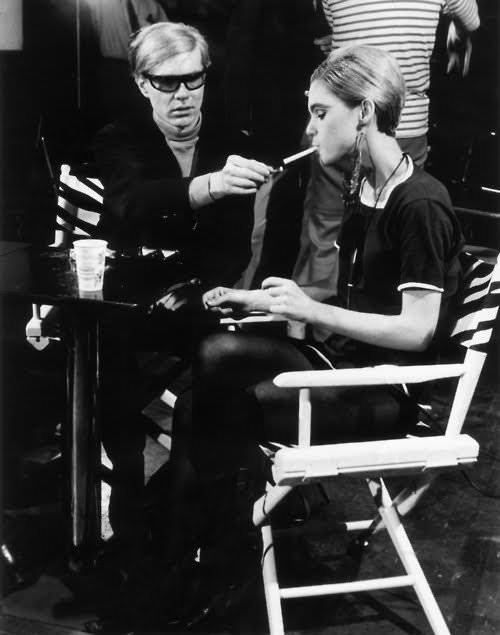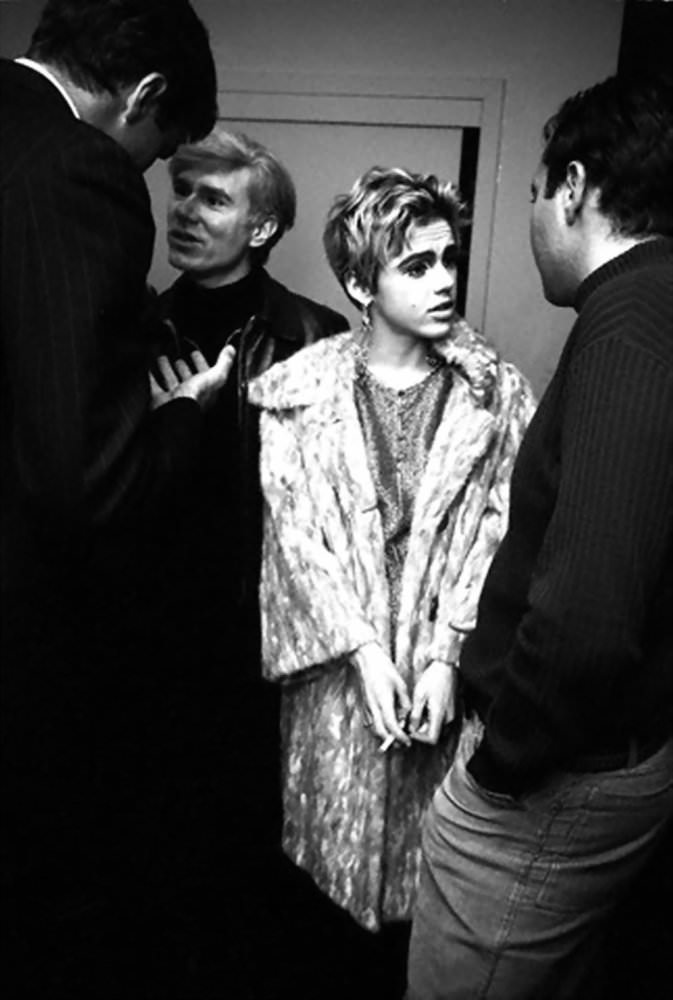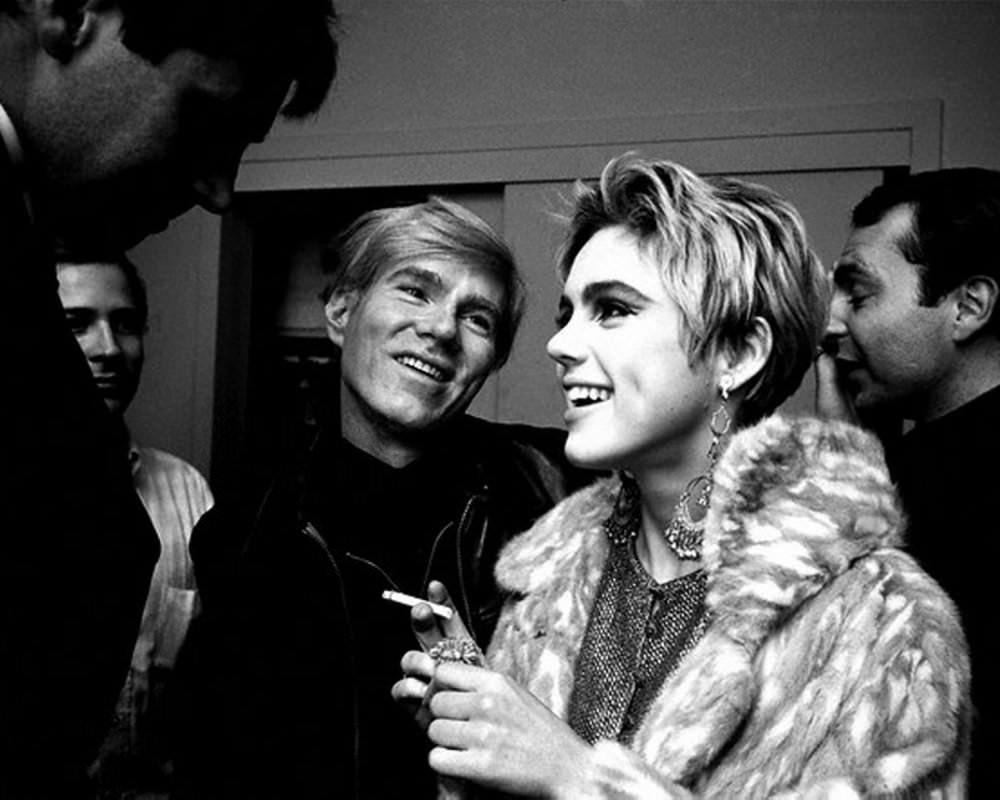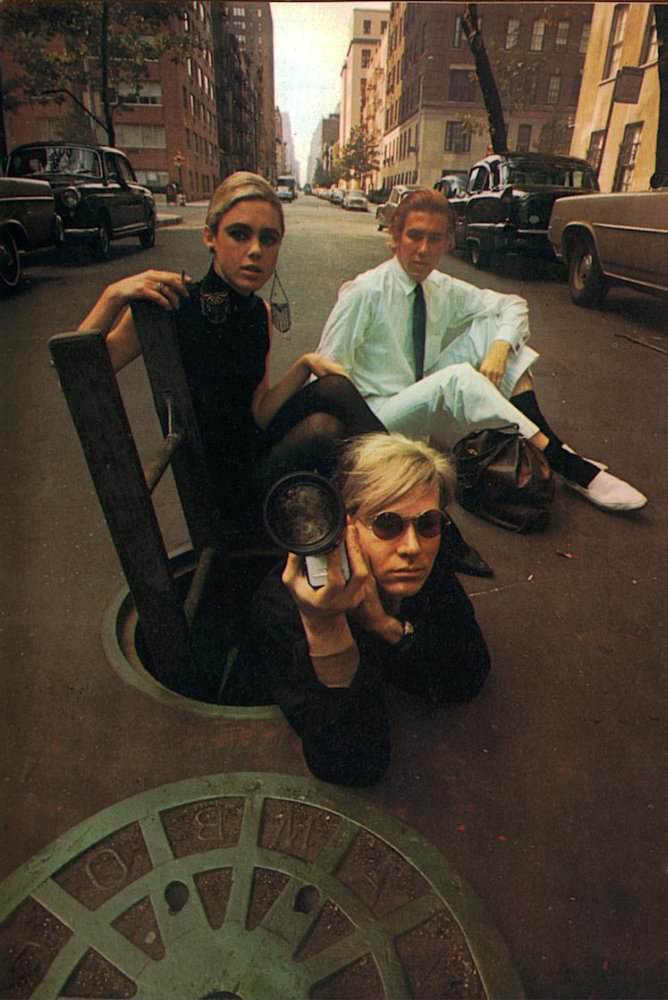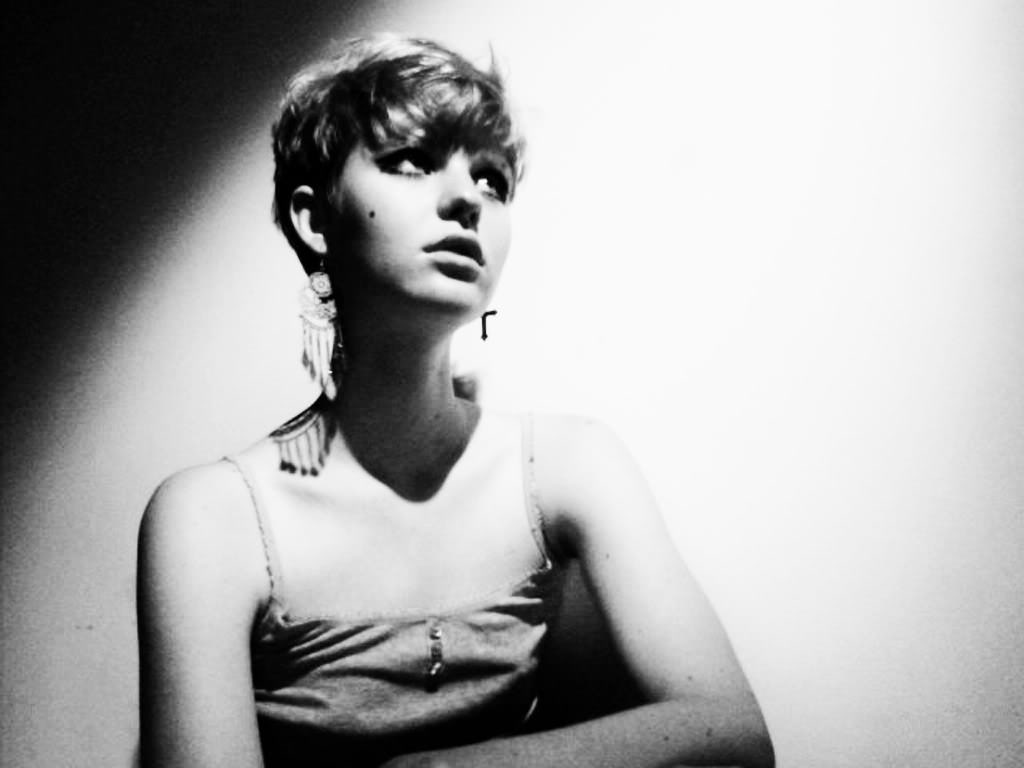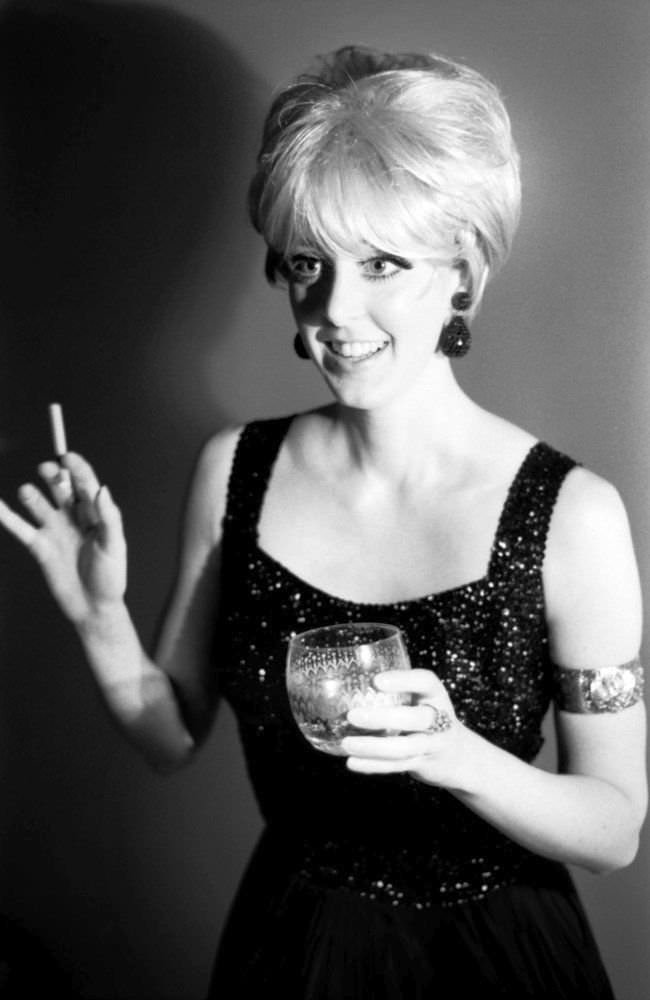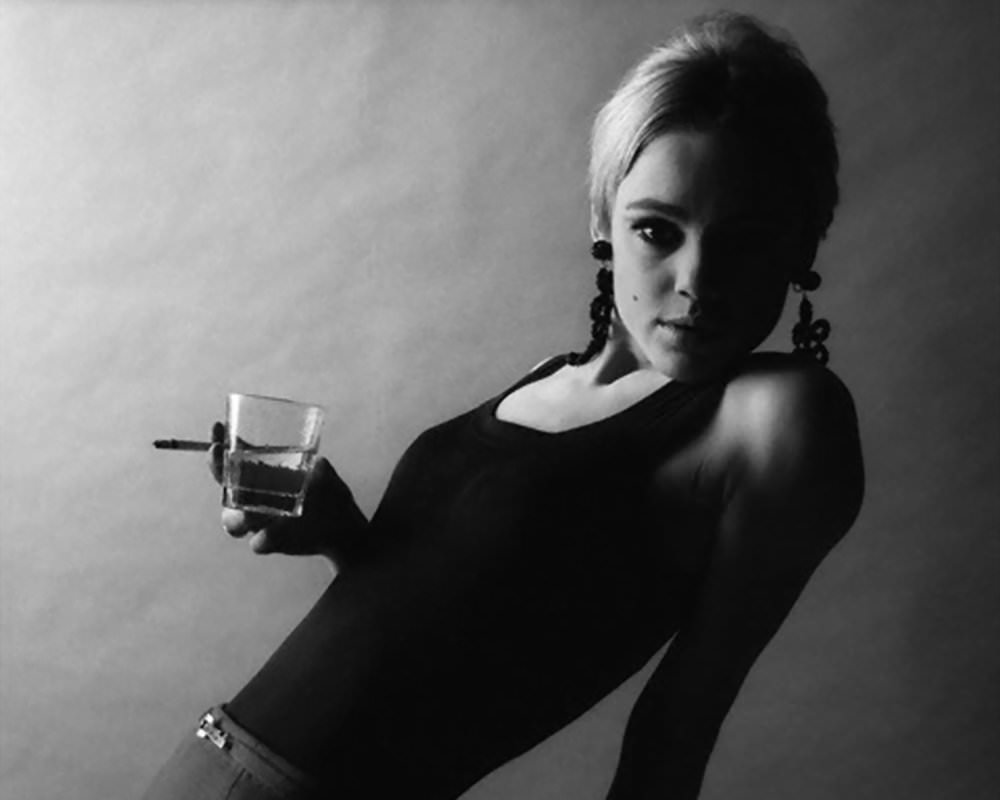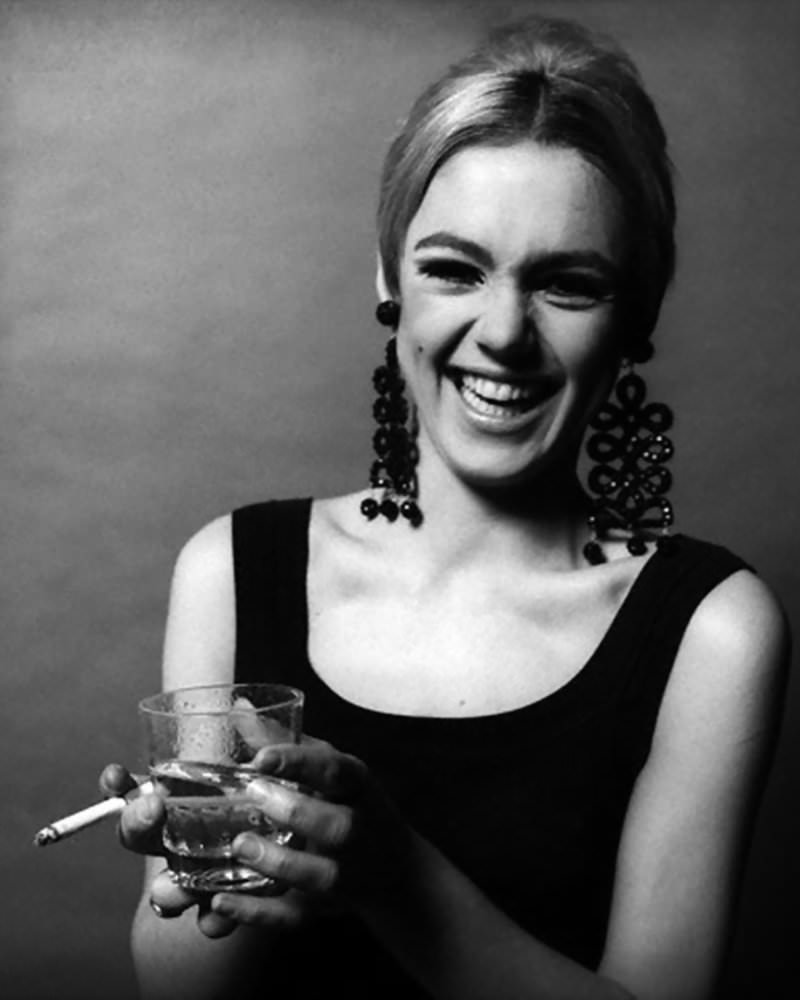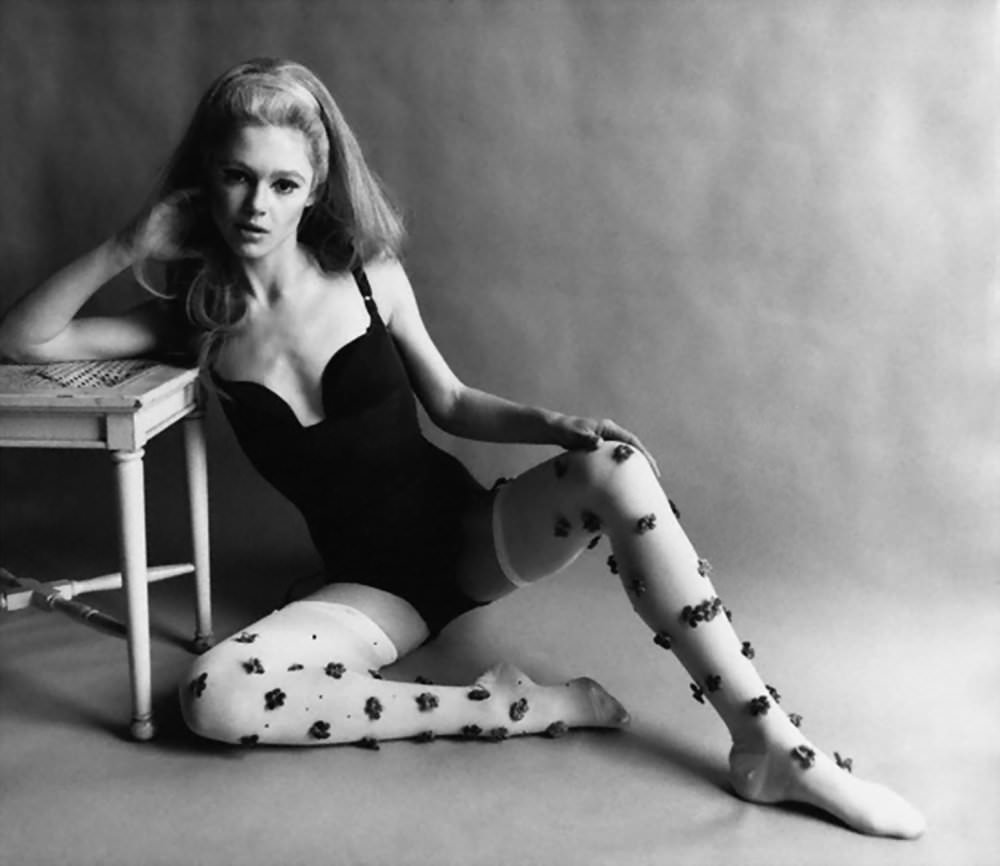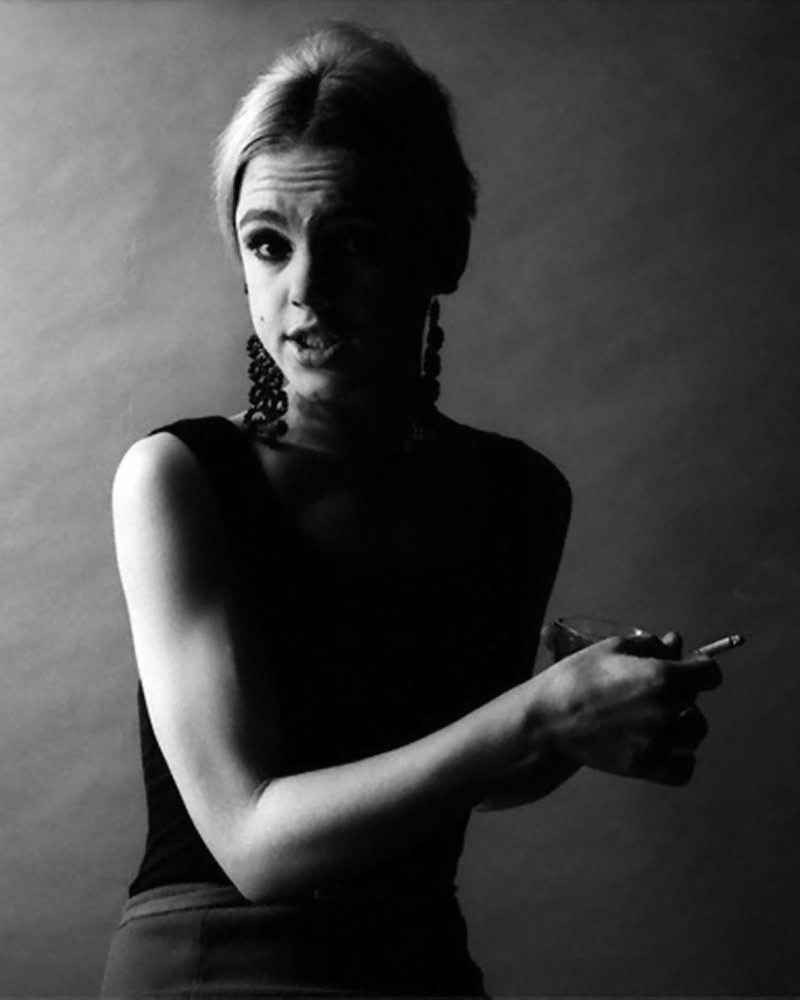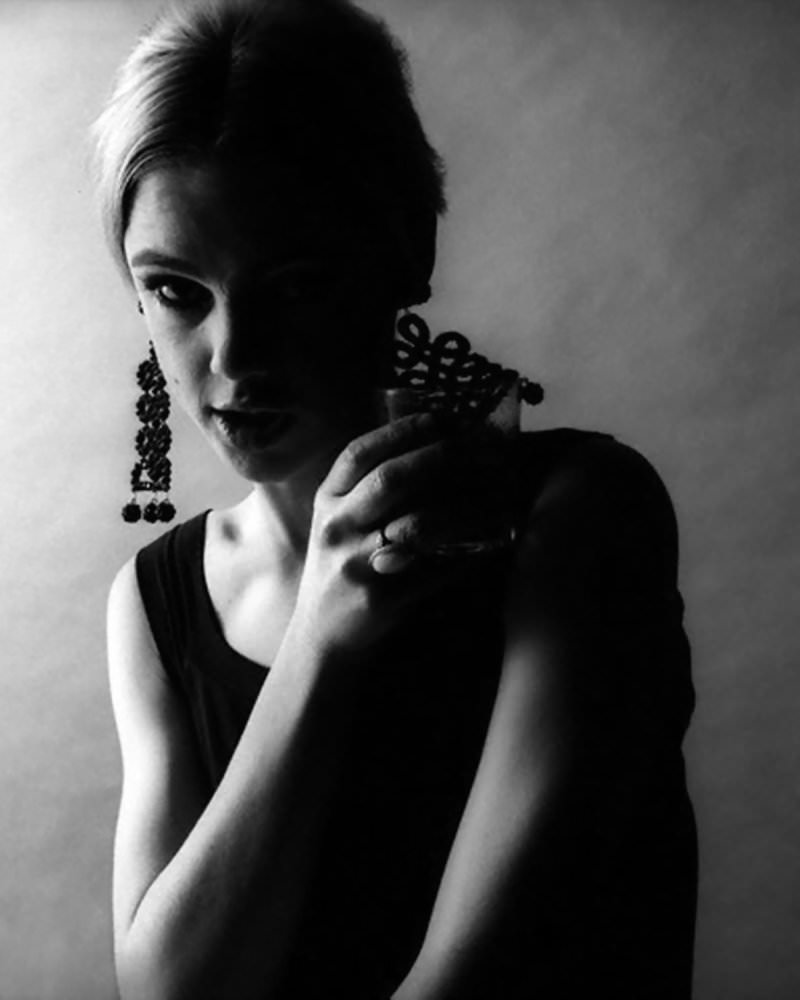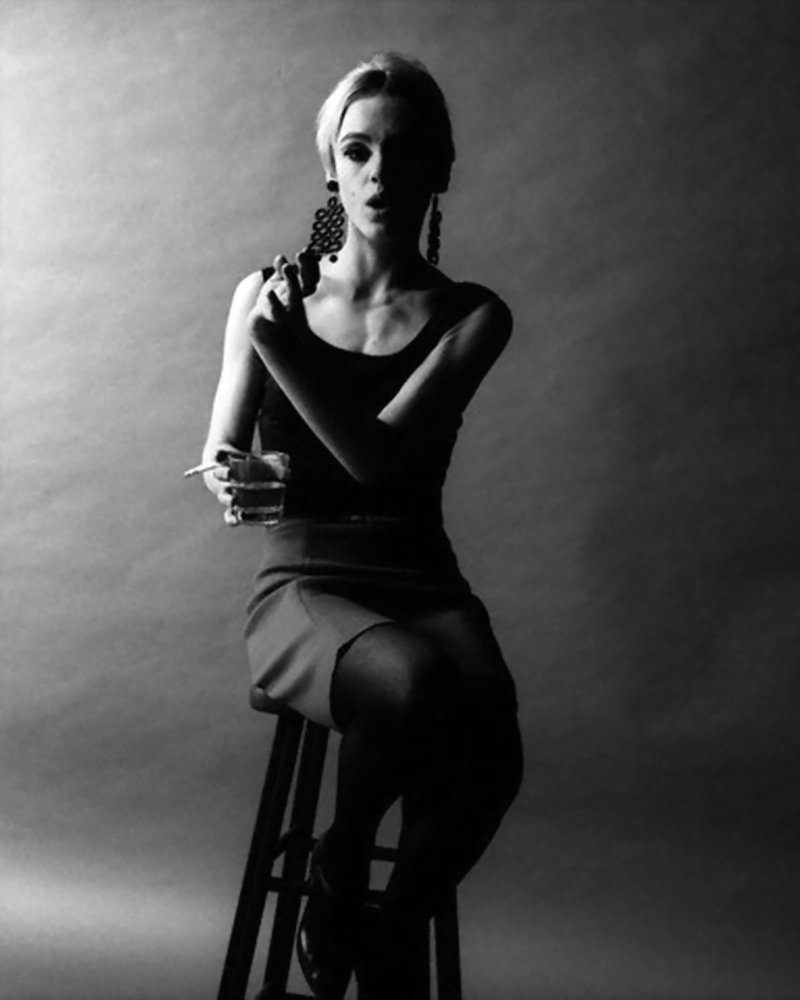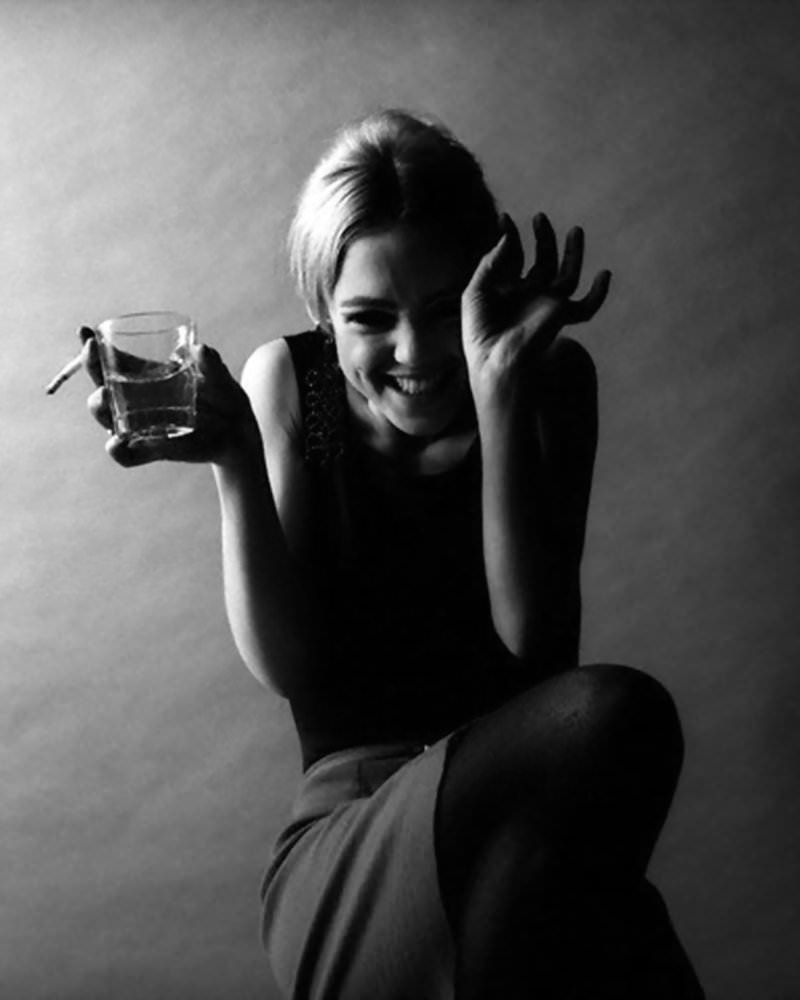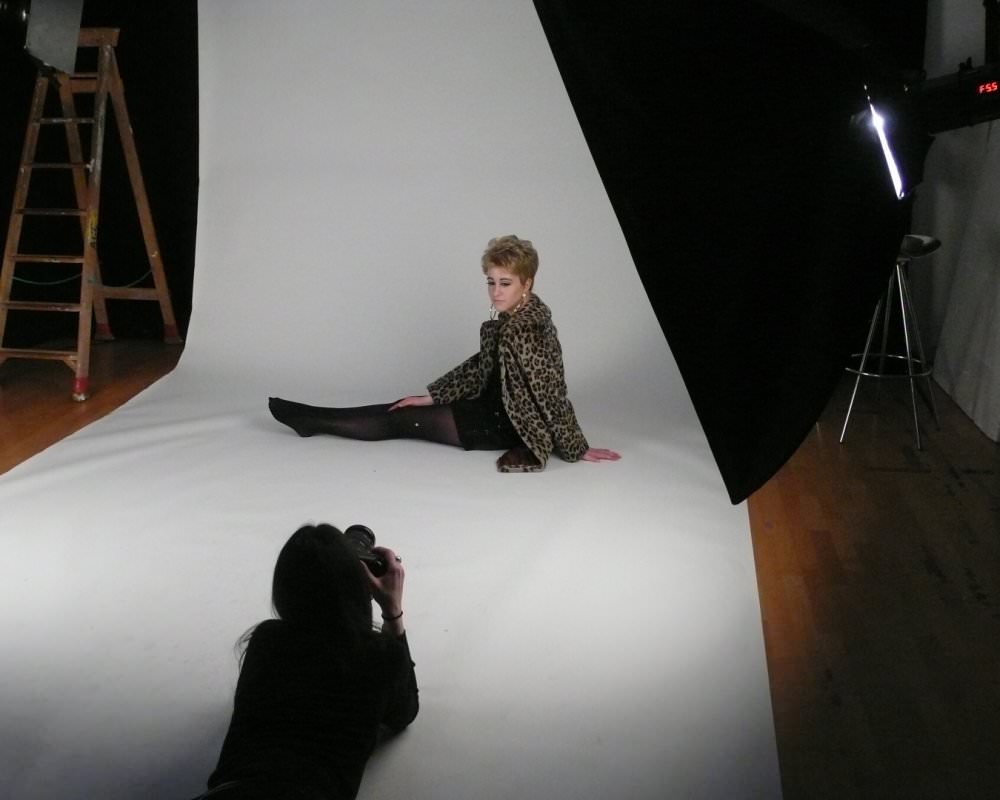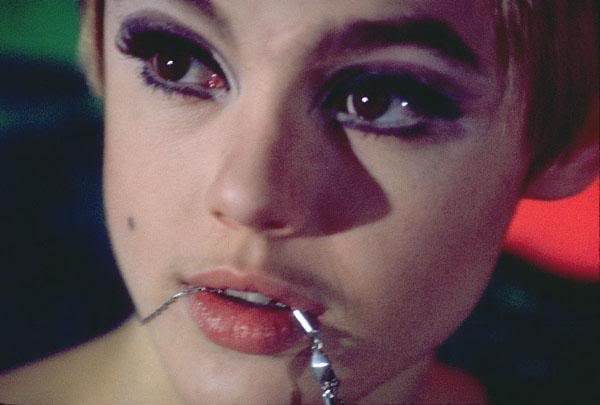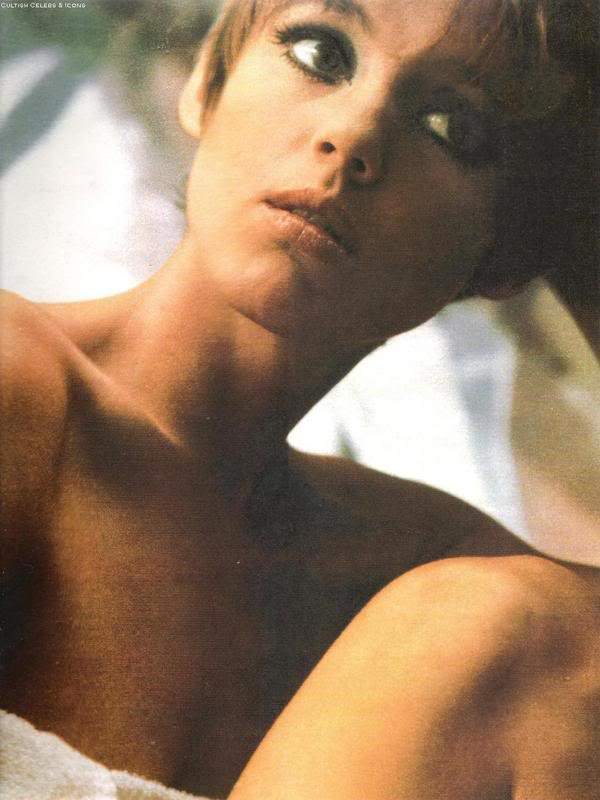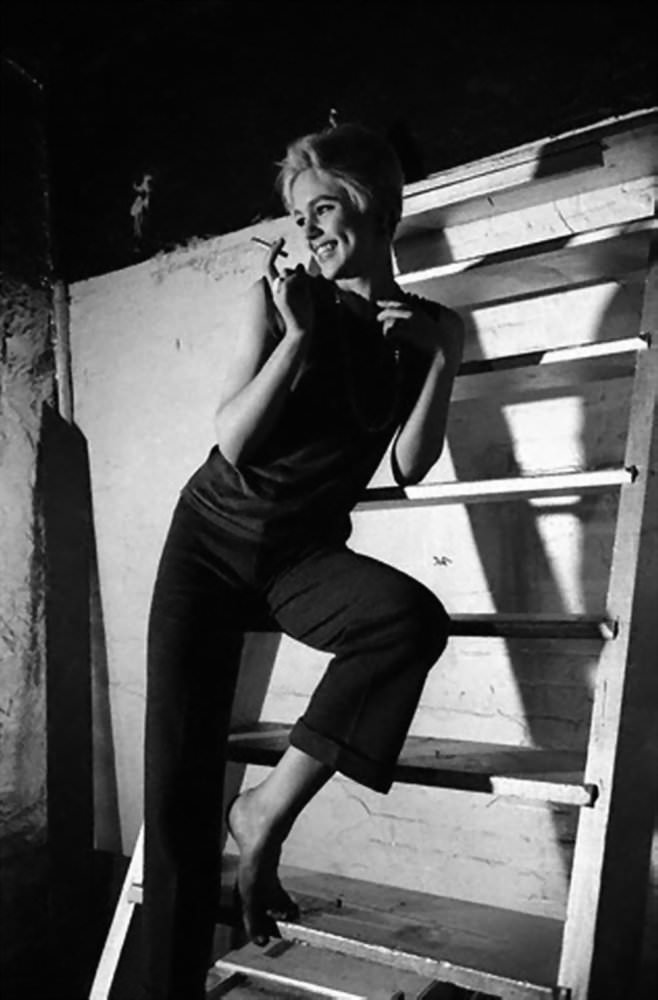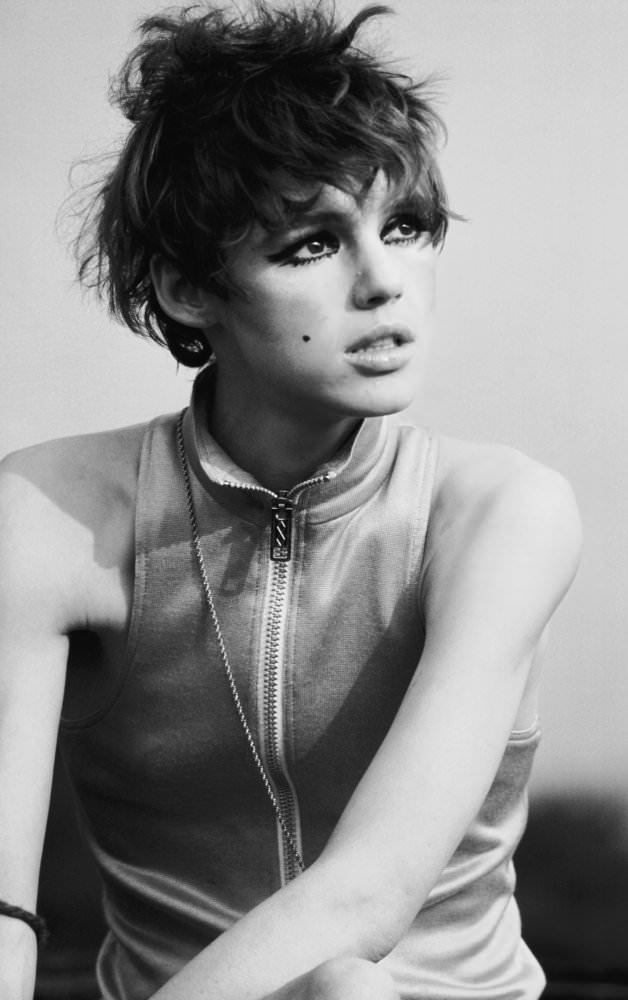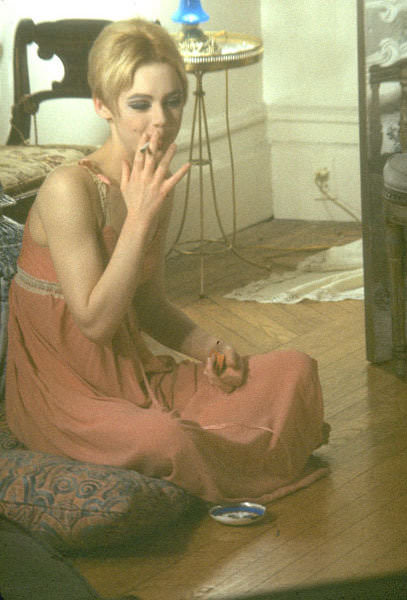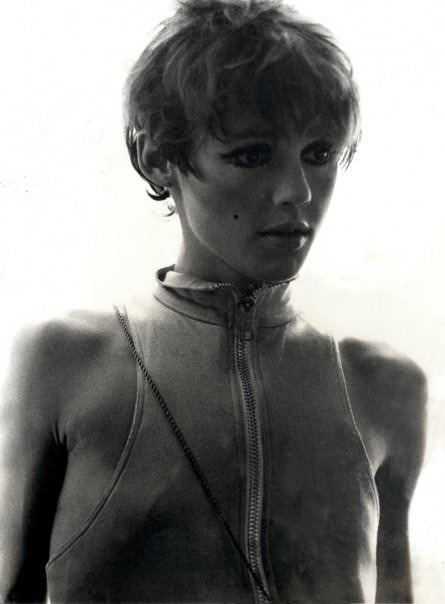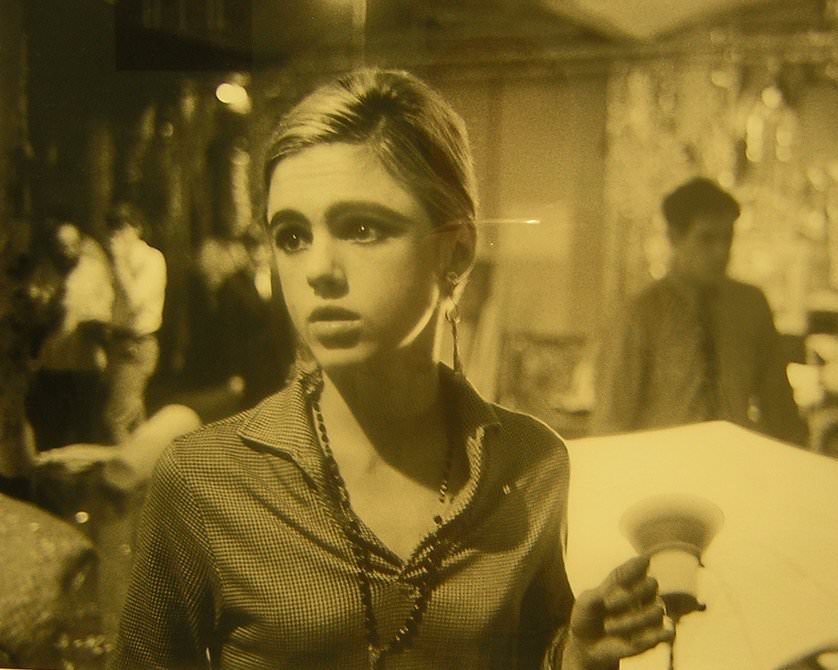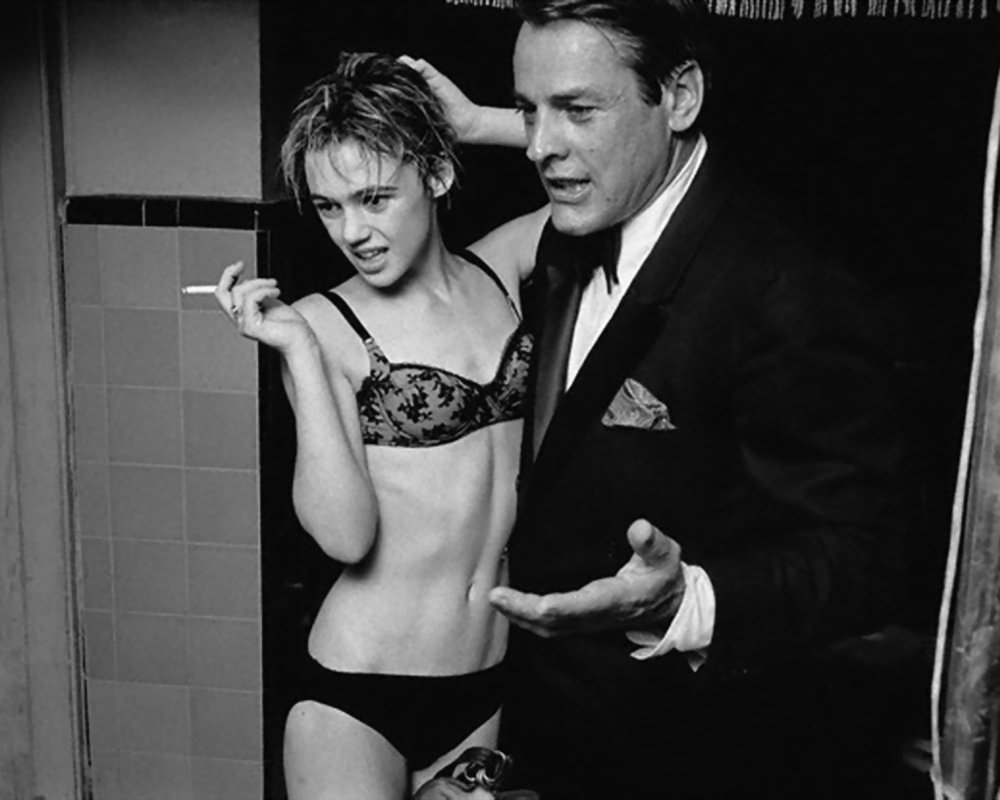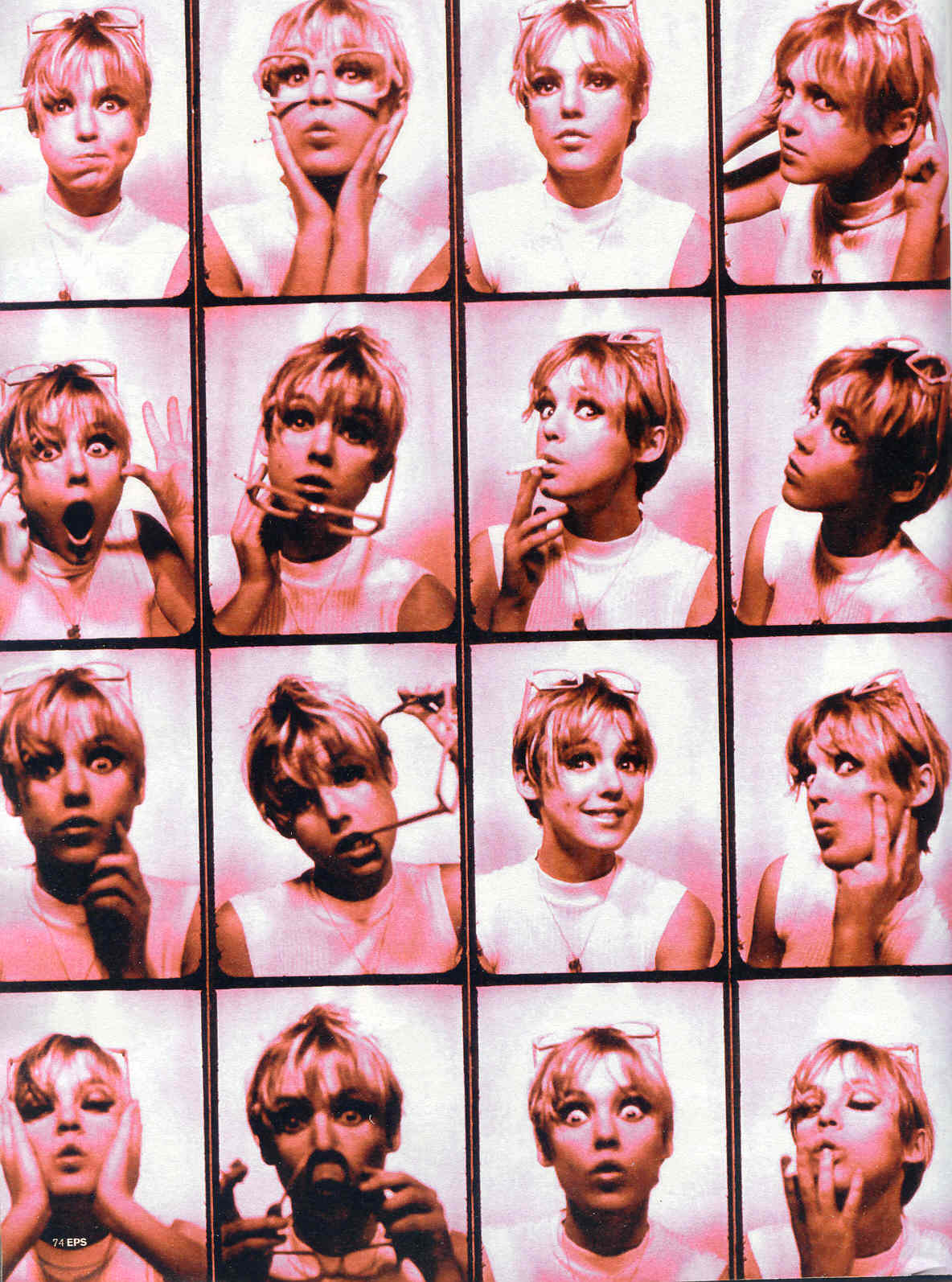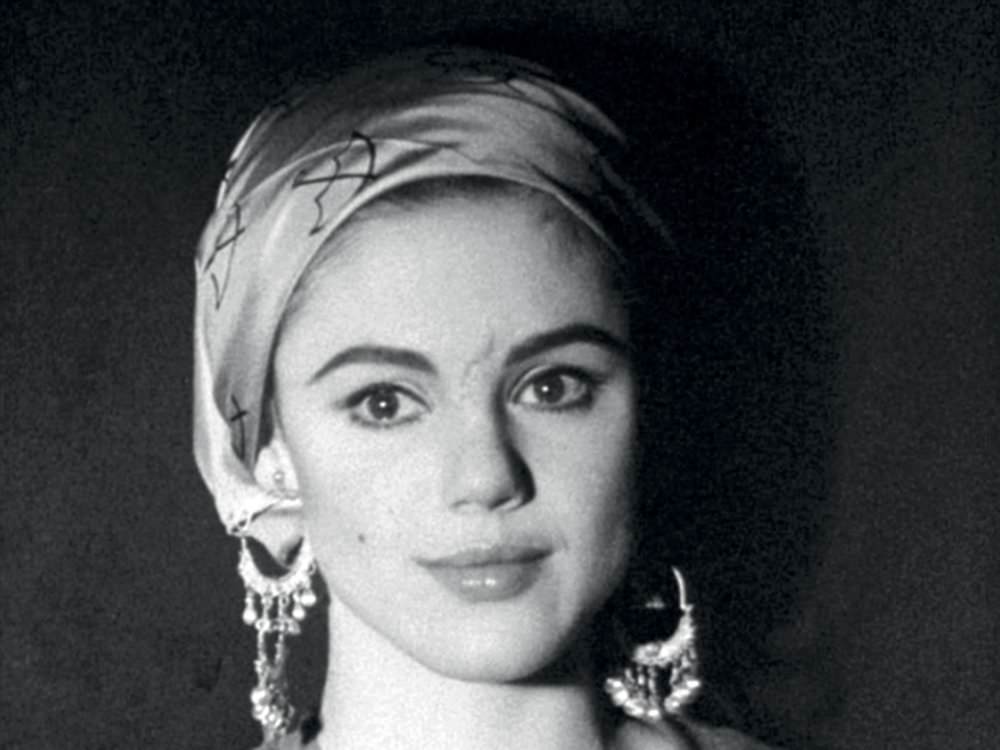Edie Sedgwick and Andy Warhol’s collaboration in the mid-1960s was a defining moment in both of their careers. Sedgwick, a young actress and fashion model from a wealthy family, quickly became a central figure in Warhol’s world, known as The Factory. This studio was a hub for artists, musicians, and filmmakers, where Warhol created much of his most famous work. The relationship between Sedgwick and Warhol, particularly through his photographs and films, helped shape the public image of both figures.
When Edie Sedgwick first met Warhol in 1965, he was already a well-known artist, famous for his pop art and silkscreen portraits of celebrities. Warhol, fascinated by fame and beauty, saw something special in Edie. She was strikingly beautiful, with short, silver hair, big eyes, and a bold sense of style that made her stand out. Edie had a magnetic presence, and Warhol was quick to make her the centerpiece of his work.
One of the most iconic ways Warhol captured Edie was through his photography. His photos of her are stark, often in black and white, highlighting her angular face and unique features. These images were simple, yet powerful, showing Edie in her raw form. Warhol’s photography style was not about creating glamour shots. Instead, he aimed to capture his subjects in a natural, often vulnerable, state. In doing so, he captured Edie’s essence—the mix of fragility and boldness that made her so captivating to viewers.
In many of these photos, Edie is seen wearing minimal makeup, her hair styled simply, which was a contrast to the heavily made-up look of many actresses at the time. Warhol’s photos of her often focused on her eyes and expression, emphasizing the emotional depth behind her striking exterior. These photos helped cement Edie’s status as a symbol of 1960s counterculture, representing a break from traditional Hollywood glamour.
Warhol didn’t treat Edie like a typical model or muse. Instead, he saw her as an equal, someone who could help bring his artistic vision to life. Edie, in turn, became a canvas for Warhol’s ideas about fame, beauty, and art. Their collaboration was not just about the images themselves, but about what those images represented: a new way of seeing and understanding celebrity.


